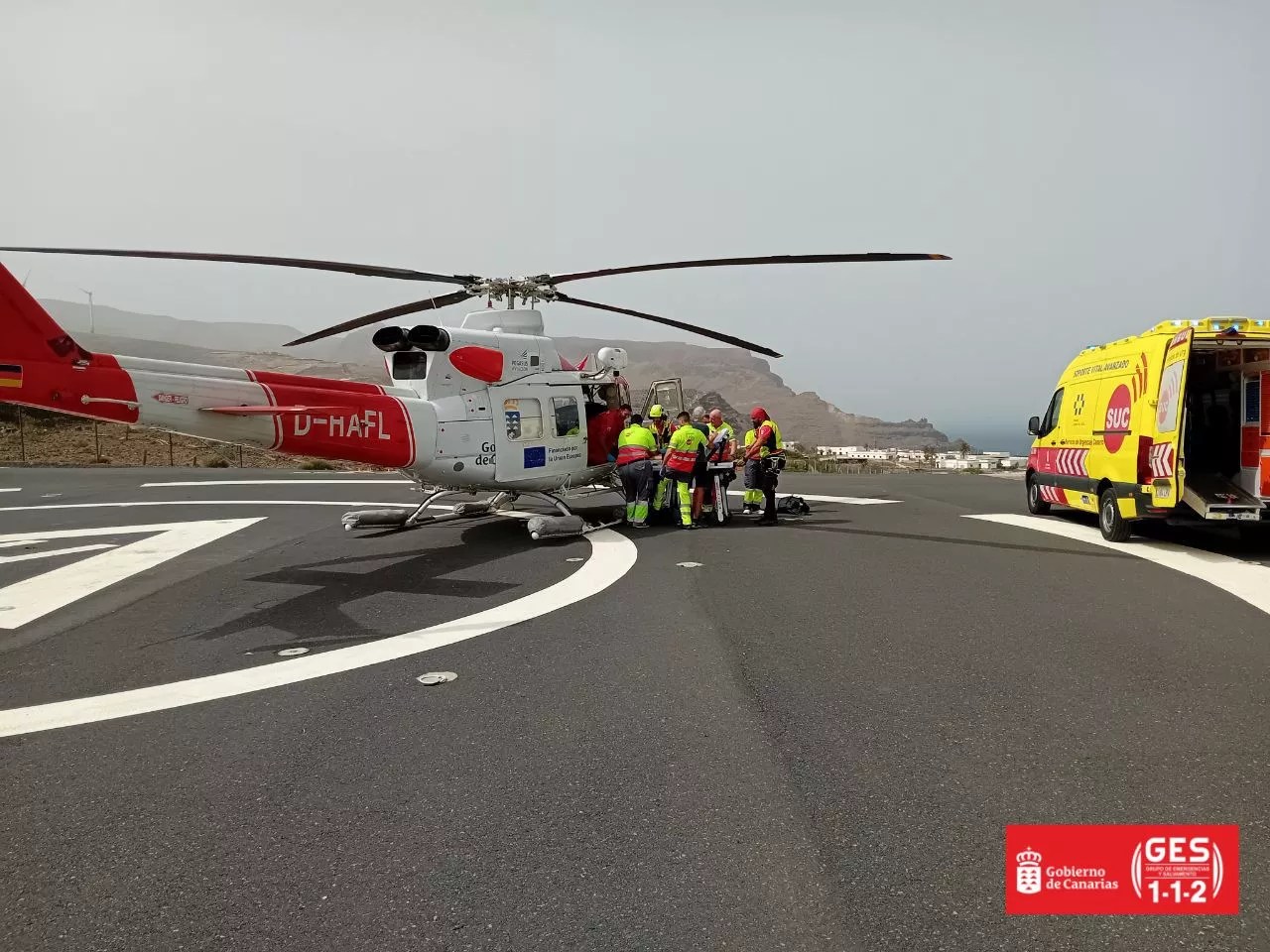As part of the May 1913 Festival programme, the President of Tourism Promotion in Tenerife included a new attraction called the Aviation Festival. The displays were scheduled for Saturday the 10th at four in the afternoon and Sunday the 11th at ten in the morning, both accompanied by the Santa Cruz Municipal Band.
To make it happen, on the 9th of that month, the famous 32-year-old French aviator Leonce Garnier arrived at the port of Santa Cruz de Tenerife aboard the Reina Victoria Eugenia, accompanied by his wife María Somech, his mechanic Agustín Mañero, and fellow countryman Jaime Capanay. The dock was bustling with enthusiasts and onlookers eager to catch a glimpse of the daring pilot and his magnificent Blériot XI aeroplane, with which he had already completed over 300 flights in the Peninsula.
The aircraft parts were transported by tram to the vicinity of this makeshift airport. To finalize the preparations of the plane, which had been involved in an accident during its previous display in Las Palmas de Gran Canaria, the pilot enlisted the help of two Tenerife mechanics, Tomás Fernández and Miguel Reyes.

Crowd witnessing the aviation spectacle. | | ED / José Manuel Ledesma Alonso
Although the City Council had subsidised each flight with 1,500 pesetas, attendees still had to pay one and a half pesetas for general admission and four pesetas for a seat. Tickets sold out quickly, leading most of the public to perch on the nearby mounds to watch the show. The turnout was so high that the Civil Guard had serious difficulties in containing the crowd.
Gadnier and his companion, the Tenerife engineer Juan Santa Cruz, dressed impeccably in the period’s regulation attire, made their way to the aircraft, ready to take off for the maiden flight.
In front of an awe-struck audience, the plane began its run along the makeshift runway, lifting half a metre off the ground for a few seconds before returning to land; it then continued its roll until it soared into the air to the applause of the incredulous Tenerife residents.
Thousands of eyes followed in amazement as the pilot performed daring manoeuvres, flying towards the city centre, making a sharp turn and swiftly flying back over the crowd; he then headed towards Geneto, gaining 700 metres in altitude, executed another turn, and with perfect precision, the plane gently landed in the field. However, as it was taxiing on the runway, a slight unevenness in the terrain caused the aircraft to pitch forward, breaking the propeller, landing gear, rudder, Gusisman bridge, valves, and crankshaft of the engine. Fortunately, neither the pilot nor his companion were harmed, but the extensive damage to the airplane forced the cancellation of the rest of the show, leaving the audience quite disappointed.
On the 13th of May in that year 1913, Leonce Gadnier, with his ailing plane, set sail for Cadiz aboard the Delfín steamship.
Hydroplanes
In 1919, as the Canary Islands represented a strategic point for air service to Guinea and South America, the Spanish aeronautical program signed agreements with France and Germany to allow seaplanes to land at the maritime airports in the Canary Islands.
Therefore, the Tenerife Cabildo offered the Spanish Ministry of Marina the land to establish an airfield between Bufadero and the La Jurada quarry, utilising the Anaga dock as a takeoff and landing strip for seaplanes.
During the first test flight on July 11, 1924, carried out by pilots Louis Delrieu and Francisco Cervera, as the seaplane was about to land at the Anaga dock, a wave caused the seaplane to go vertical, and the crew was picked up by the boats where the awaiting authorities were stationed.
Aerodrome
Towards the end of 1920, given Tenerife’s strategic significance as a stopover for airline routes to West Africa and South America, the President of the Tenerife Cabildo sent a letter to the French ambassador in Madrid, offering an aerodrome on the island for use by any airline from France.
Various sites proposed for the future airport included Montaña Roja (Médano), El Bailadero (Arico to Abona road), Ofra, and Santa Cruz (between the Ballester estate and the Rosario road).
[–>
In 1939, Civil Governor Orbaneja reported that the airfield would be built between La Cuesta and Ofra, with 296,800 square metres of land acquired at a cost of one peseta per square metre; however, on January 23, 1941, Los Rodeos Airport was opened for traffic.
















